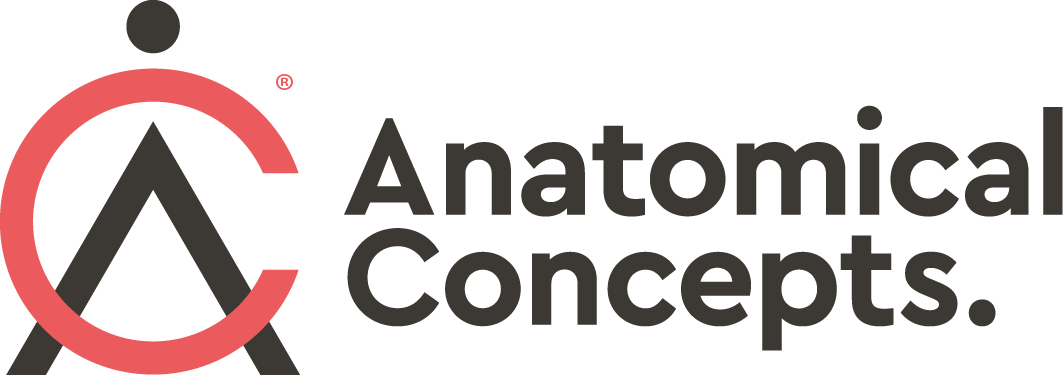Articles
Filter by Topic
- Adaptive Sport 1
- Artificial Intelligence 1
- Bike Labyrinth 3
- Bone density 1
- Brachial Plexus 1
- Bridging the Gap 1
- Bridging the Gap 1
- Carbonhand 4
- Cardiovascular 1
- Client Stories 4
- Cognition 1
- Company Updates 3
- Decision Making 1
- Dementia 1
- Denervation 21
- Diabetic Foot 12
- Efficiency 1
- Electrotherapy 27
- Exercise Benefits 28
- FES Cycling 10
- Functional Electrical Stimulation (FES) 53
- Gait 2
- Goal Setting 5
- Grip 3
- Healthspan 2
- Indego 13
- Lifestyle 8
- Lower Motor Neuron 1
- Mobility 17
- Motivation 2
- NMES 1
- Nerve injury 1
- NexStride 1
- Occupational Therapy 1
- Orthotic 15
- PRAFO 22
- Pain 5
- Parkinsons 2
- Pressure Ulcers 10
- Product Updates 7
- RISE Stimulator 9
- Safety 2
- Sponsor 1
- Standing 4
- Stim2Go 1
- Stimulette den2x 5
- Support 1
- TENS 1
- Technology 17
- Tek RMD 21
Article Length
- 1 minute read 3
- 10 minute read 9
- 11 minute read 6
- 12 minute read 7
- 15 minute read 6
- 18 minute read 1
- 19 minute read 1
- 2 minute read 4
- 26 minute read 1
- 27 minute read 1
- 28 minute read 1
- 3 minutes read 9
- 4 minute read 34
- 5 Minute read 12
- 6 minute read 6
- 7 minute read 13
- 8 minute read 5
- 9 minute read 3
- FES 2
- FoG 1
- PRAFO 1
- Seven Minute Read 1
- awareness 1
- carbonhand 2
- cognitive 1
- cues 1
- freezing gait 1
- freezing of gait 1
- gait 1
- neurological 1
- neuroplasticity 1
- nexstride 2
- occupational therapy 1
- occupational therapy day 1
- orthopaedics 1
- orthotic 1
- parkinson's 1
- pressure 1
- pressure relief 1
- prevention 1
- rehabilitation 2
- stroke 1
- ulcers 1
- world stroke day 1
Embracing AI: Discover the RISE Stimulator with Our Innovative Chatbot
Consider this scenario: You're curious about the RISE Stimulator because you've heard it's effective for treating denervated muscles and you want to learn more.
It's evening, our office is closed, and you don't feel like sifting through numerous web pages to find the information you need. Would you trust a chatbot to provide the answers you're looking for?
Try out our chat bot and let us know what you think
Unveiling Successful Approaches for Upper Limb Rehabilitation in Stroke Survivors
Rehabilitation after a stroke can feel like an uphill battle, especially when dealing with upper limb dysfunction.
Approximately 85% of stroke survivors experience some form of arm and hand impairment, making daily tasks challenging.
This article seeks to illuminate some effective strategies being used worldwide to aid recovery, offering insights that could help stroke survivors, physical therapists, clinicians, and caregivers.
Zone 2 Training for Spinal Cord Injuries?Unlocking the Benefits of Low-Intensity Cardio for Health and Performance
In this article, we explore whether Zone 2 training can aid individuals with spinal cord injuries (SCI). Zone 2 cardiovascular training, characterised by moderate-intensity exercise where the body primarily uses fat as fuel and maintains a steady heart rate, can benefit persons with spinal cord injuries (SCI). However, its suitability depends on the level and completeness of the injury, as well as the individual's physical condition and training goals.
Elite Athlete Training Principles can Benefit Neurological Rehabilitation
At Anatomical Concepts, we look to other fields for insight and inspiration that we can bring to rehabilitation. For example, elite athletes like our rehabiliation clients will set training goals, undergo rigorous physical training and adhere to strict plans to achieve peak performance. This article explores the potential benefits of applying the principles of elite athlete training to help individuals recover from neurological conditions.
Systems thinking and its relevance to rehabilitation
In the intricate world of rehabilitation, the challenges posed by human complexity exceed those found in high-performance systems like Formula 1 cars. This article explores the multifaceted nature of rehabilitation, emphasising the importance of systems thinking in addressing individual variability and interconnected factors that impact recovery. As we delve into how each person's unique biological and psychological makeup influences their path to recovery, we will uncover the critical need for tailored treatment approaches. By recognising the interrelationships among various components—be it physiological, psychological, or social—healthcare providers can optimise rehabilitation strategies and enhance patients' recovery outcomes.
Empowering Recovery from Catastrophic Injury
Recently, I found myself reflecting on the notion of "snake oil salesmen" as I observed a new client navigating their recovery from a spinal cord injury. In their quest for healing, this individual encountered a maze of contradictory advice regarding what recovery was achievable, leading to confusion about their journey. What to trust? Who to believe? What action makes sense?
Some individuals naturally know how to focus on what they can control while releasing the rest. While the future is unpredictable, carefully examining controllable factors, likely outcomes, and strategies to address these variables offers the best chance for success. This approach considers the chain reaction: "If I do X now, then Y will follow, leading to Z." The wise person sets out to carefully define the unknowns in that chain reaction. Carefully filtering the advice offered is a sound step.






